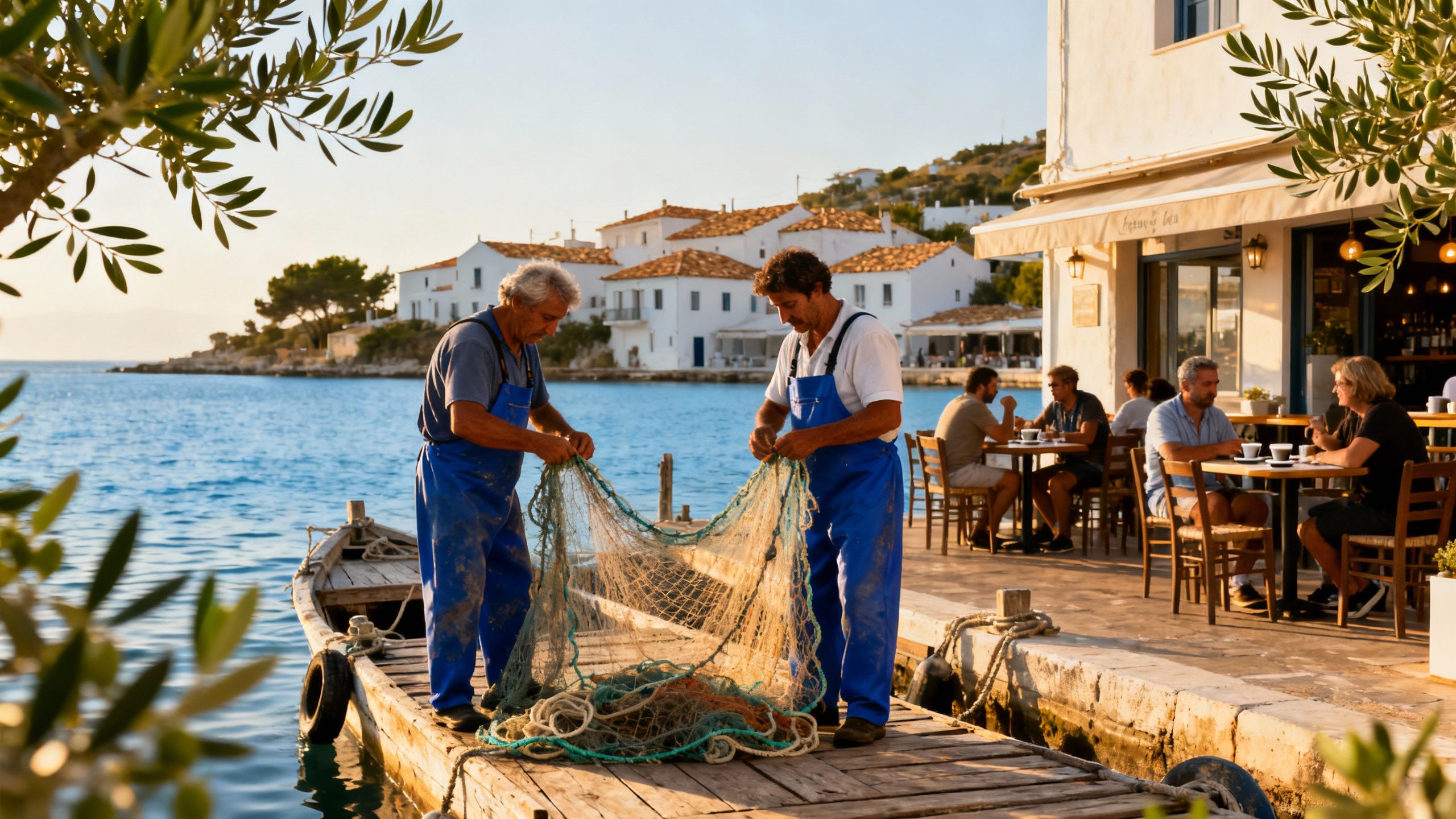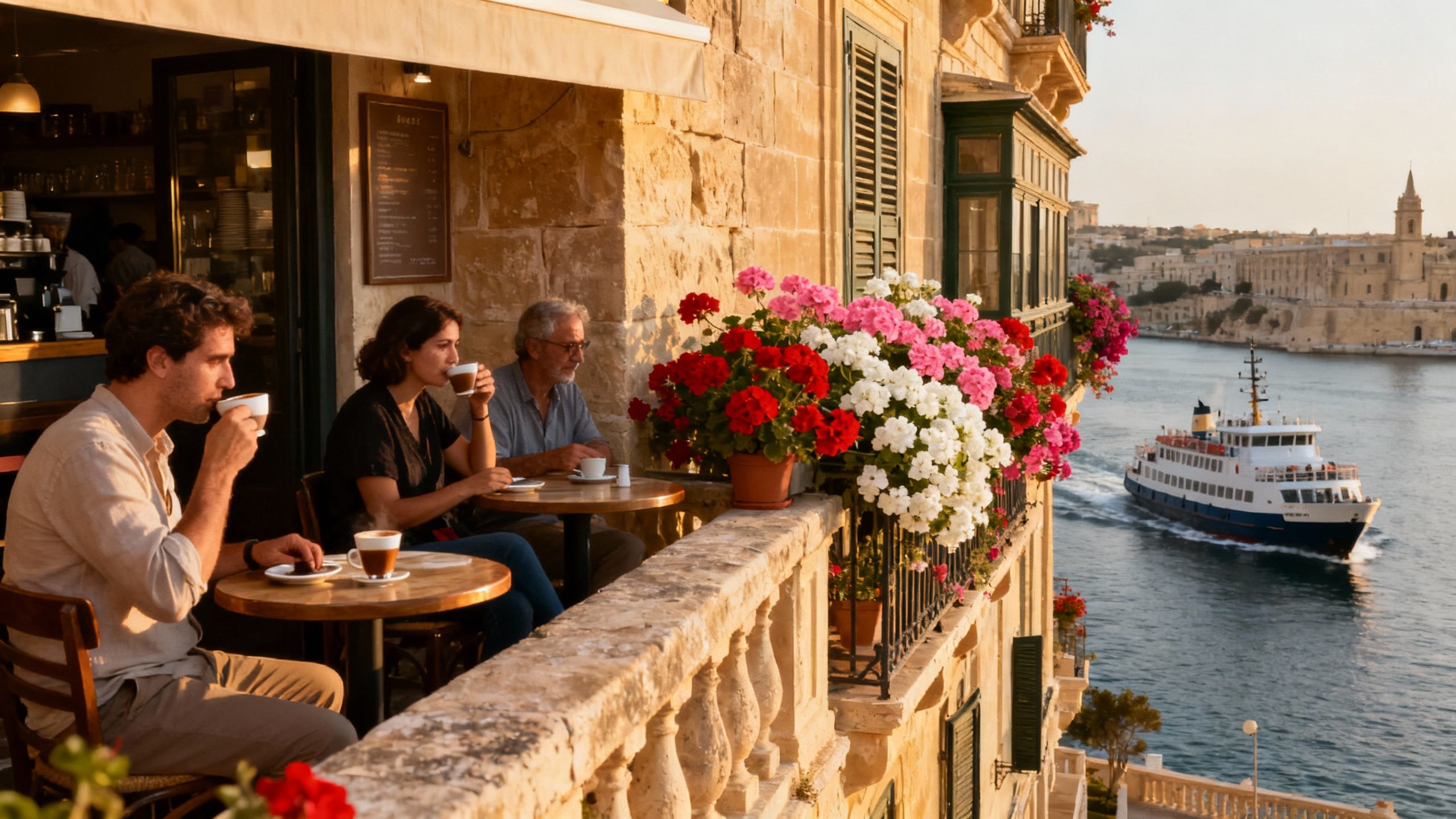Green premiums & purchase costs in France's renewable regions
Explore how France’s growing renewable infrastructure reshapes lifestyle and costs — practical buying steps, grants, taxes and neighbourhood insights for eco-minded internationals.
Imagine waking to a village market where solar shutters click open with the sun, lavender-scented wind moves through stone lanes, and a local café pours espresso beside a rack of electric-bike rentals. In many parts of France the landscape you love now pairs with a modern green infrastructure—more local solar, new wind installations and a grid being upgraded to carry them. This shift shapes how homes are lived in: terraces warmed by the sun, houses designed for passive cooling, and neighborhoods that prioritise public green space and bike routes. Yet the dream of a low‑impact French life arrives alongside practical costs and local rules that every international buyer should know; the next sections blend that feeling with the facts.
Living France's green life

France’s rhythm is seasonal and sensory: early morning bakeries in Aix‑en‑Provence, misty river walks in the Loire valley, and Breton beaches laced with wind‑sculpted dunes. Where renewable projects are concentrated—like parts of Occitanie, Nouvelle‑Aquitaine and Pays de la Loire—you’ll find a particular blend of rural calm and forward‑looking infrastructure: community solar arrays, village heat networks and improved cycling routes that change daily routines. Property choices respond to that pace: south‑facing terraces, thick stone walls for thermal inertia, and gardens planted for pollinators and shade. Living here is about small, habitual acts—repairing, growing, sharing—and buying a home means joining a living landscape, not merely owning a roof.
Neighbourhoods that feel like seasons
In Lyon’s Croix‑Rousse you’ll sense espresso culture and intimate markets within walking distance; in Bordeaux’s suburbs, vine‑lined lanes meet new solar parks; and in coastal Brittany, mornings begin with fishermen’s markets and wind‑cooled air. Each place offers different daily textures: city quarters hum with cafés and cultural events, while smaller communes operate on a slower calendar of weekly markets and communal garden swaps. For international buyers these differences matter: proximity to services, public transport and bilingual communities change both lifestyle and resale prospects. Seek areas where green infrastructure and daily life intertwine—where you can buy seasonal produce, recharge an EV nearby, and feel part of local stewardship initiatives.
Food, markets and the ritual of place
Food culture is a daily joy: morning boulangeries, weekend marchés with cheeses and charcuterie, and small restaurants that change menus with the harvest. Living near a farmers’ market—like Marché des Capucins in Bordeaux or Marché Forville in Cannes—means fresh, local food and a built‑in social life. These rhythms influence property choices: apartments near lively markets trade differently from quiet rural mases where self‑sufficiency and gardens matter more. Consider how you want to eat, move and gather; the neighbourhood’s culinary calendar often reveals how the community cares for its land and its future.
- Lifestyle highlights: markets, beaches and green projects
- Community solar co‑ops in rural Occitanie; local markets like Marché Forville (Cannes) and Marché des Capucins (Bordeaux); wind‑friendly coastal towns in Brittany with small‑scale marine projects; riverside towns near hydropower enhancements; cycle‑friendly schemes in Grenoble and Nantes.
Making the move: practical considerations

Dreams meet paperwork: buying in France is shaped by regulated costs, local taxes and energy‑related incentives that can materially affect your budget. Buyers of older properties should expect acquisition costs (taxes, notaire fees and disbursements) typically around 7–8% of the sale price, while new builds generally carry lower notaire costs of 2–3%. At the same time, national renovation grants and incentives—aimed at improving energy performance—can reduce long‑term running costs and increase comfort. Knowing where to factor these items—purchase taxes, agency commissions and renovation grants—lets you compare what a house will actually cost to buy, run and care for over a decade.
Property styles and what they offer
Traditional stone mases, renovated longères and modern eco‑homes each bring different benefits: thick‑walled stone houses offer thermal mass that reduces heating needs, while contemporary builds often include high‑performance insulation, heat pumps and integrated solar. Renovation grants such as MaPrimeRénov' can help retrofit older homes with insulation, heat pumps and double glazing, improving comfort and value. When viewing properties, check orientation, roof condition (for solar), and space for air‑source heat pumps or batteries—these features make day‑to‑day life greener and can be decisive for future resale.
Working with local experts who know the landscape
Choose agencies and notaires who understand regional green incentives, planning restrictions and the local grid’s capabilities; they translate lifestyle wishes into practical checklists. A good local agent will flag flood or wildfire risk, explain permitted renewables installations (panels, small‑scale wind, heat pumps), and connect you to trusted energy auditors and installers. Tax advisors who specialise in cross‑border clients explain property taxes, rental income rules and IFI thresholds, while notaires handle the legal transfer and ensure taxes are correctly accounted for. Together these experts help you align lifestyle choices—like an all‑electric household—with legal and fiscal reality.
- Steps to marry lifestyle and legality when buying in France
- 1) Visit in three seasons: test light, heat and community life. 2) Commission an energy audit (DPE) before final offer to estimate renovation needs. 3) Work with a notaire to confirm taxes and any servitudes tied to land. 4) Apply for renovation grants early if you plan insulation or heat‑pump works. 5) Ask the agent for recent utility bills and grid‑connection notes for PV or EV chargers.
Insider knowledge: what expats wish they'd known
Many expats say the first year is a gentle, practical education: learning bin‑collection days, mastering a local dispatch for tree pruning, understanding the rhythms of municipal festivals, and adapting to seasonal heating costs. Regions investing in grid modernisation are improving resilience and opening the door for more local renewables, but this can mean construction and planning permits in the short term. Expect to trade instant convenience for long‑term quality: slower permit timelines are balanced by stronger networks and more sustainable neighbourhood services. The small annoyances fade when a community shares produce, repairs, and local festivals that make a place feel like home.
Cultural integration and daily life
French social life values ritual and place: cafés know regulars by name, markets close mid‑day on certain weekdays, and municipal announcements shape communal projects. Learning a few phrases opens doors, and joining local associations—civic gardens, repair cafés or village councils—fast‑tracks friendships. For many internationals, involvement in local stewardship (tree plantings, river cleanups) becomes the true measure of belonging, while artisan skills and farmers’ networks reveal the deeper layers of regional identity. Practical tip: arrive curious, bring small gifts from your country, and ask to help at community events.
Long‑term lifestyle and stewardship
Think in decades: a well‑executed insulation project, solar array or micro‑battery often pays back in comfort and lower bills, while also increasing market appeal. Regions with active renewable programmes and grid upgrades—backed by public investment—tend to maintain property desirability and local services. Stewardship means choosing materials, contractors and planting schemes that respect biodiversity; it also means working with neighbours and municipal planners to support shared infrastructure like community solar or tree corridors. Over time these choices shape a neighbourhood’s character and its resilience to climatic shifts.
Conclusion: fall in love, but bring a checklist
Picture mornings at the market and evenings on a lit terrace powered partly by your roof; now pair that feeling with a practical checklist: understand conveyancing costs, confirm eligibility for renovation grants, commission an energy audit, and choose local advisors who share your stewardship values. France rewards patient, place‑centered buyers who invest in the land and community; the financial and environmental benefits follow. When you’re ready, an eco‑aware local agency can translate this lifestyle into listings, site visits and trusted contractors—helping you turn a dream of green French living into a careful, confident purchase.
Dutch property strategist who helped 200+ families find sustainable homes in southern Europe; expert in legal pathways and long-term stewardship.


